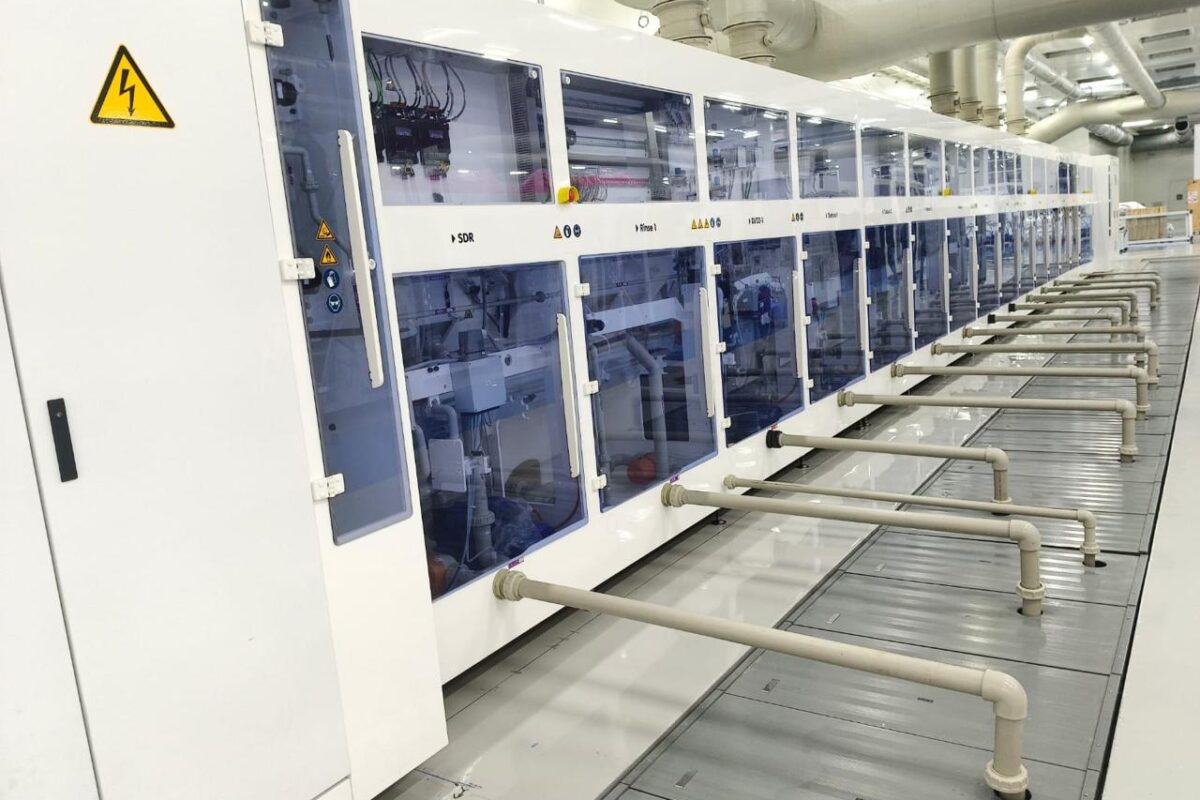Green hydrogen will dethrone coal as the primary fuel for steelmaking in India only by 2050. This is because the cost of green hydrogen needs to reduce, and there needs to be a price penalty on carbon emissions for Indian steelmakers to switch to hydrogen-based steelmaking, states a new report by the Institute for Energy Economics and Financial Analysis (IEEFA) and JMK Research & Analytics.
The report estimates that the steel industry will replace around 25-30% of its grey hydrogen requirements with green hydrogen in the early part of the 2030-2050 period. This will increase to 80% by 2050.
With the decarbonization of the steel industry in a nascent stage, the government needs to create the right policies to create demand for green steel, states the report. A legal definition for green steel can help guide the industry in making the right investments for decarbonization.
“Decarbonising steel production in India requires a vision by policymakers whereby they can encourage the production of green steel,” says the report’s co-author, Vibhuti Garg, Director, South Asia, IEEFA.
“The first step is a definition for green steel, without which the technology track that the industry should follow remains unclear. India needs to clarify that green steel will mean eliminating the use of fossil fuels in the production process,” she adds.
Given that green steel production technologies are yet to go mainstream anywhere in the world, the report finds that green steel costs nearly twice that of traditionally produced steel.
“Since steel is a highly competitive commodity, the market is unlikely to absorb the premium of green steel without a strong impact on its dynamics. Therefore, the government needs to formulate policies that create demand for green steel and penalize carbon emissions from traditionally produced steel,” says co-author Jyoti Gulia, founder of JMK Research.
“Initially, in all government and public sector purchases, a certain quantity of green steel should be mandatory. Going forward, the government can also extend the percentage of green steel procurement to private consumers,” says co-author Kapil Gupta, Manager, JMK Research.
“Green Steel Certificates can be another way to create demand. The government can link green steel purchases with incentives through green steel certificates, which are tradable in the national carbon market for financial gain. This action will support the creation of a green steel market for domestic steelmakers,” says Gupta.
The report also recommends viability gap funding (VGF) to help bridge the gap due to the high initial capital cost of low-carbon steelmaking technology. It notes that the government can provide this VGF to urge steelmakers to commit part of their capacity to green steel manufacturing.
The report finds that green hydrogen is the cleanest option among the various technology solutions currently available to cut emissions from steelmaking. Another option is producing steel using scrap in renewables-powered electric arc furnaces (EAFs). Still, it can only partially substitute other forms of production as there are challenges to high-quality scrap availability.
The report finds the key challenge with green hydrogen is its high cost. To address this, the government has launched an ambitious National Green Hydrogen Mission to encourage the domestic production of the fuel.
“To make hydrogen technology viable for expansion, the required price should be around $1-2/kg, and a carbon penalty of at least $50 per tonne of emissions should be applicable on steel manufactured through traditional methods. This can make green steel competitive and catalyze a 150 million tonne shift from coal-based to hydrogen-based steelmaking, mainly the direct reduced iron (DRI)-EAF route,” says Gupta.
The report states that between 2030 and 2050, green hydrogen projects will be deployed on a large scale across India due to high demand. This is likely to phase out coal-based routes of steelmaking at a faster pace.
This content is protected by copyright and may not be reused. If you want to cooperate with us and would like to reuse some of our content, please contact: editors@pv-magazine.com.









By submitting this form you agree to pv magazine using your data for the purposes of publishing your comment.
Your personal data will only be disclosed or otherwise transmitted to third parties for the purposes of spam filtering or if this is necessary for technical maintenance of the website. Any other transfer to third parties will not take place unless this is justified on the basis of applicable data protection regulations or if pv magazine is legally obliged to do so.
You may revoke this consent at any time with effect for the future, in which case your personal data will be deleted immediately. Otherwise, your data will be deleted if pv magazine has processed your request or the purpose of data storage is fulfilled.
Further information on data privacy can be found in our Data Protection Policy.